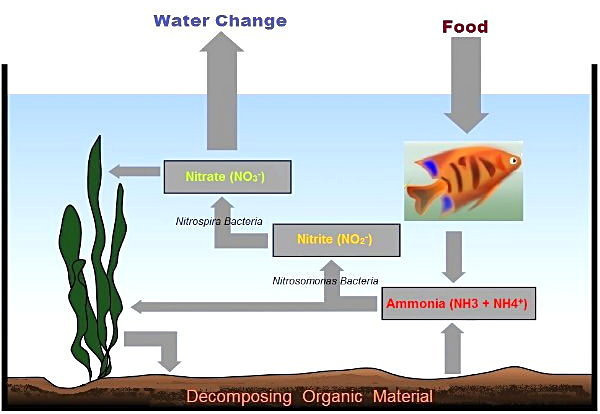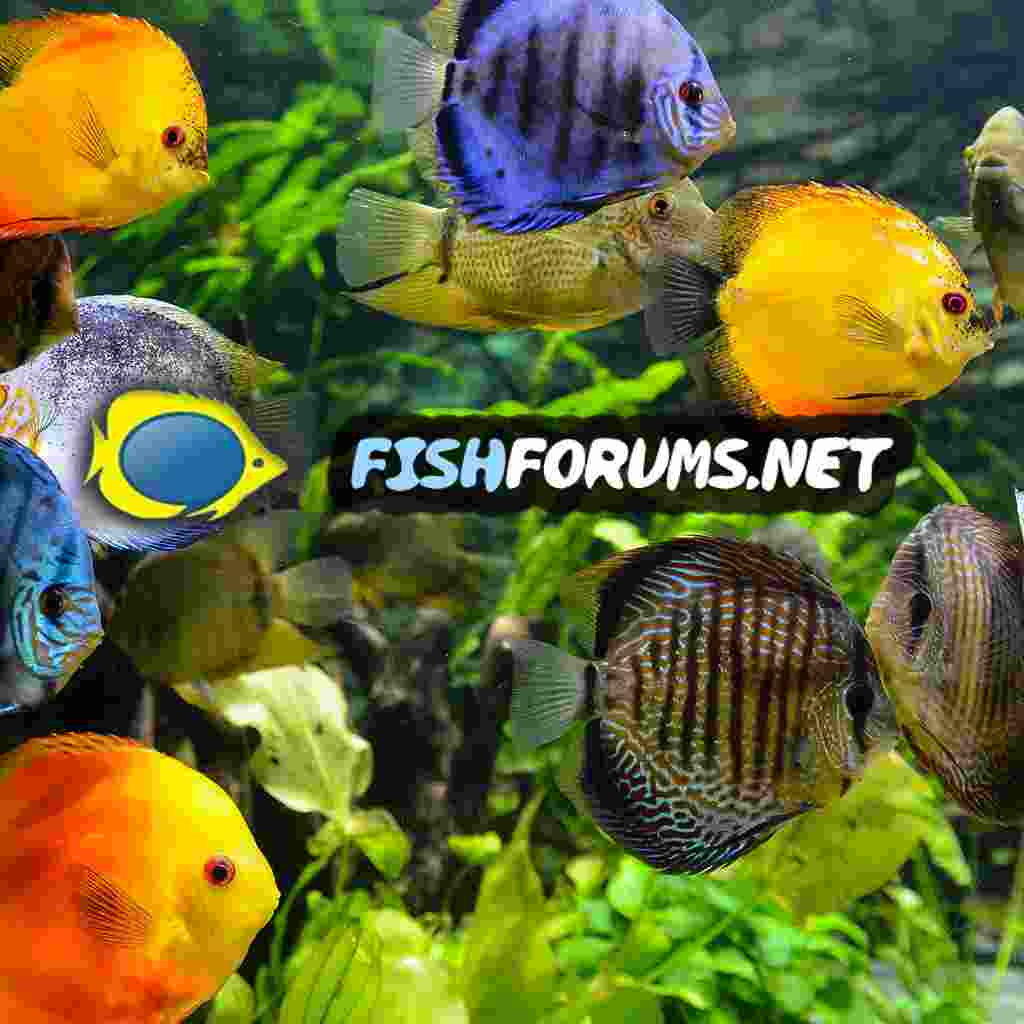This product, which they tell you on their site is, "A pouch of live Nitromonas and Nitrobacter" contains the wrong bacteria.
Nitrosomonas, the ammonia oxidizer, comes in a variety of strains but they do not identify the strain. So it may or may not be a correct one. But, Nitrobacter is not what is found in established tanks. It is a wastewater bacteria which is able to handle nitrite levels way higher than what is seen in put tanks. The proper bacteria is Nitrospira.
The problem is that the Nitrospira are patented and cannot be used by almost amnybody whoc doesn't hodl the patent rights. These are held by Dr. Timothy Hovanec (who discovered them) and Marineland where th warked running their labs at the time. marineland was bought by a conglomerate with a pet division that includes Tetra. They turned the patent over to the Tetra division and they sell a similar product to the Dr. Tim's. Any other product will not provide the bacteria which are the ones that are in out tanks once it has been cycled/established.
Next, when one used a proper bacteria startr it contains both ammonia and nitrite oxidizers. So whatever amount of ammonia they can turn into nitrite, there sufficient bacteria to immediately turn that nitrite to nitrate. So it is not uncommon to see little or no nitrite when cycling this way. The "idea" concentration of ammonia to be adding for a fishless cycle is basically between 2 and 3 ppm.
Finally, if live plants are involved, they use ammonia but produce 0 nitrite or nitrate.



